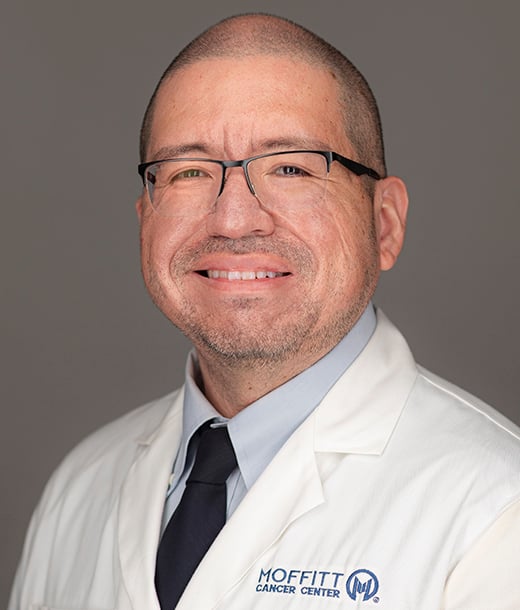Myth vs. Fact: Debunking Common Misunderstandings About Sepsis
September is Sepsis Awareness Month, a time dedicated to raising awareness about a medical condition that is often misunderstood but can be life-threatening. Sepsis occurs when the body’s response to an infection triggers widespread inflammation, which can lead to tissue damage, organ failure and if not treated quickly, death. Despite its severity, sepsis is surrounded by myths that can delay recognition and treatment. Let’s separate fact from fiction.
-
1.7 million
Adults in the U.S. develop sepsis each year, and nearly 350,000 die as a result
-
87%
Of cases start in the community rather than the hospital
Myth 1: Sepsis is just a severe infection.
Fact: According to the Sepsis Alliance, sepsis is not the infection itself — it’s the body’s overreaction to an infection. Even a minor infection, such as a cut or a urinary tract infection, can trigger sepsis if the body’s immune response becomes dysregulated.
Myth 2: Sepsis only affects people in the hospital.
Fact: While sepsis often develops in hospitalized patients, it can begin anywhere. In fact, nearly 87% of cases start in the community rather than the hospital, according to the Centers for Disease Control and Prevention.
Myth 3: Only older adults are at risk.
Fact: Sepsis can impact anyone, regardless of age. Infants, children and young, healthy adults are not immune. However, the National Institutes of Health notes that certain groups such as older adults, people with chronic illnesses and those with weakened immune systems are at higher risk.
Myth 4: If you’re healthy, you don’t need to worry about sepsis.
Fact: Even people in good health can develop sepsis after a common infection, injury or surgery. The Sepsis Alliance emphasizes that a healthy immune system does not guarantee protection against an overwhelming immune response.
Myth 5: Sepsis is rare.
Fact: Sepsis is more common than many realize. The Centers for Disease Control and Prevention estimates that 1.7 million adults in the United States develop sepsis each year, and nearly 350,000 die as a result. That’s one death every two minutes.
Myth 6: Sepsis is always obvious.
Fact: Symptoms of sepsis can be subtle and mimic other conditions, which makes it dangerous. The Centers for Disease Control and Prevention highlights common signs such as:
- Extreme confusion or disorientation
- Shortness of breath
- Rapid heart rate
- Fever, shivering or feeling very cold
- Clammy or sweaty skin
- Severe pain or discomfort
If you suspect sepsis, seek immediate medical care. Early treatment saves lives.
Myth 7: Sepsis can’t be prevented.
Fact: While not all cases are preventable, many can be reduced by preventing infections in the first place. The World Health Organization recommends staying up to date on vaccines, practicing good hygiene, properly caring for wounds and seeking medical attention for infections as key steps in lowering risk.

Connection to Cancer Patients
“People undergoing cancer treatment are at especially high risk for sepsis because chemotherapy, radiation and certain medications can weaken the immune system,” said Robert Castro, MD, assistant member of Infectious Diseases at Moffitt Cancer Center. Infections that might seem minor can quickly become life-threatening for immunocompromised patients. Castro says that’s why early recognition, prevention strategies and prompt treatment are critical for protecting cancer patients from severe complications.
Takeaway
Sepsis is a medical emergency. By understanding the facts and dispelling the myths, we can improve early recognition and treatment, ultimately saving lives.
This Sepsis Awareness Month, take time to learn the signs, share them with loved ones and remember: It’s about time. Know the signs. Act fast.




